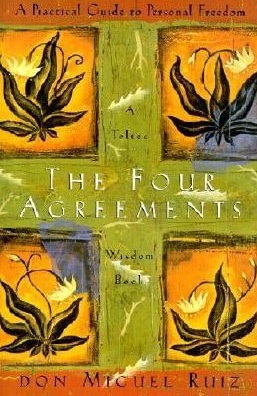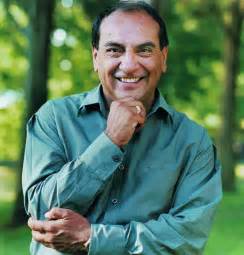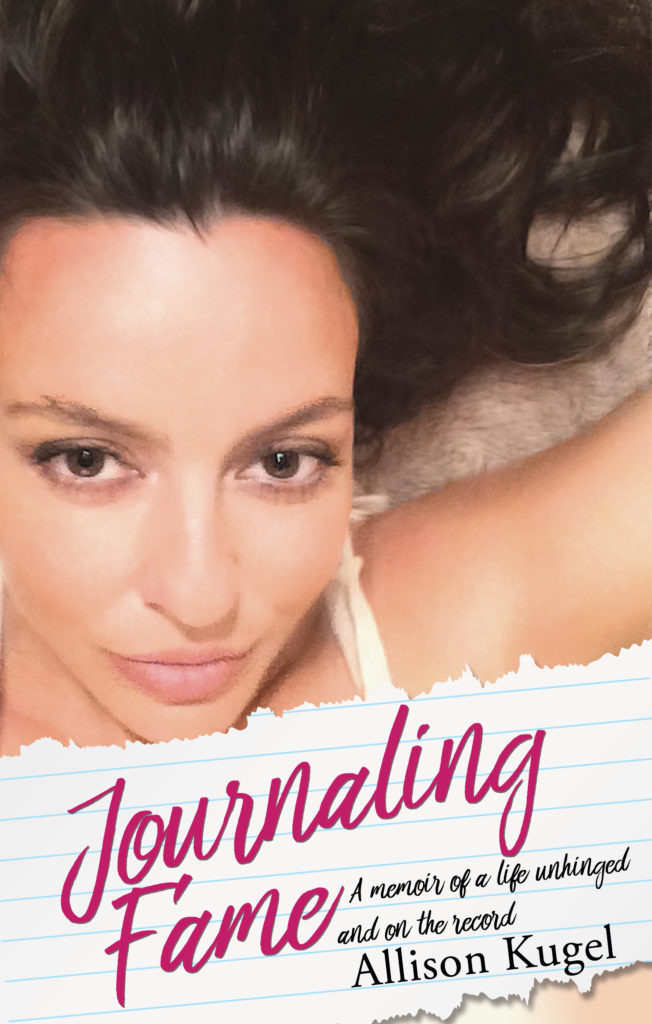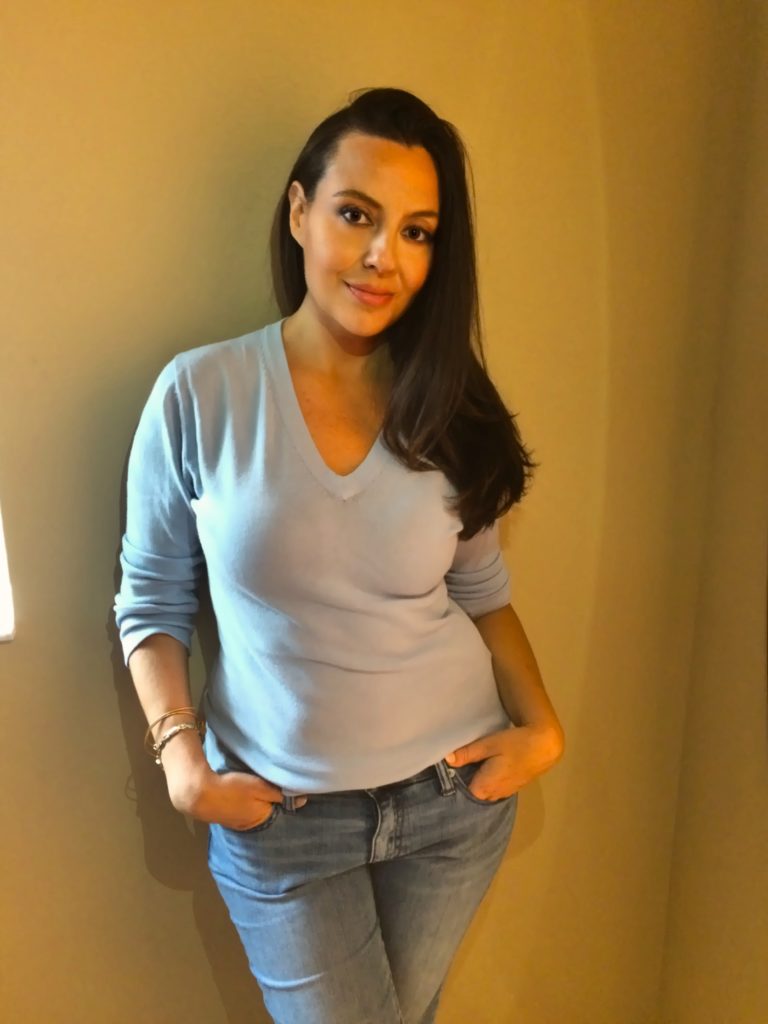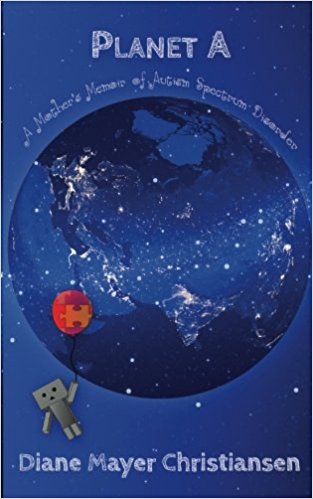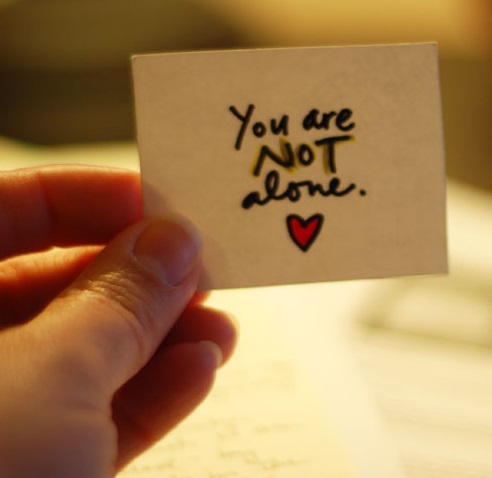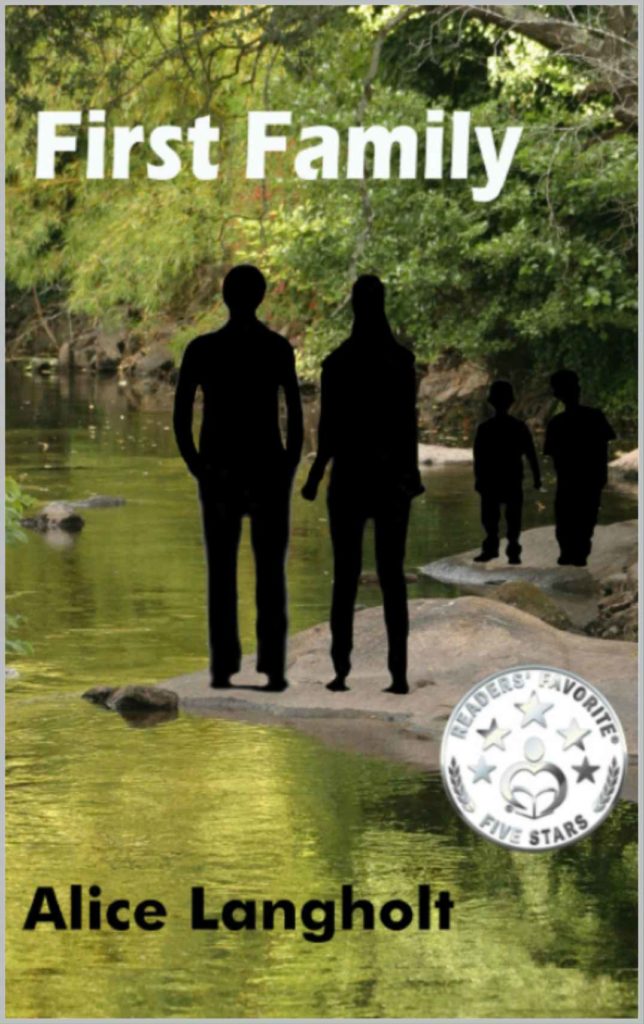
Many folks dream of writing, but are daunted to even begin—finding a topic, carving out time, and balancing work and family responsibilities, can be incredibly challenging.
How then, does one actually make it happen? Alice Langholt shares her personal story in this thought-provoking guest post.
She has written a novel, 13 books of inspirational poetry and self-help resources, composed 22 original Jewish youth theater musicals, and invented Apples to Apples: Jewish Edition games. (Talk about ambitious!)
Like most writers, her journey hasn’t been easy. Still, she never gave up, showing that perseverance is key. We can all learn a lot from this talented lady.
I wrote my first foray into fiction, First Family, back in 2009, initially as a series of blogs which was a creative outlet for myself. At the time, I was a full time Jewish educator at Cleveland, Ohio’s Park Synagogue and I also taught at Akiva High School, teaching text study to kids and teens, and looking for ways to make it more relatable – something that kids might care about studying – and relevant to their lives. I was probably also looking to do the same for myself.
In the summers of 1999 and 2000, I had studied a technique called Bibliodrama, and wrote my Master’s Thesis (I was in the Executive Educator Program at Siegal College), on using drama to teach biblical text. I drew on this technique to write my book. You see, the story is told from the first person narrative viewpoints of each character as the well-known story progresses. We hear from Adam, Eve, God, the Snake, Cain, and Abel.
The biblical text contains basic events: Adam wakes up to life in the garden, names animals, feels lonely. Eve is created for him, and then she meets the snake. They eat the fruit, breaking the rule told to Adam by God, and they’re banished, needing to make a life for themselves outside the garden. They have two sons, Cain and Abel. Cain farms. Abel tends sheep. They make an offering to God. Adam’s is accepted. Cain’s isn’t. Cain is upset. God admonishes him. Cain kills Abel in the field. Cain is banished. That’s the basic story, and there isn’t much more detail than that in the biblical rendition.
I took these elements and filled in the gaps, almost as if they were journal entries written by the characters themselves. By deciding the motivations, emotional responses, and ways the characters related to each other, the story took on a human and very real feel. I also noticed that as I wrote this way, my own struggles with faith came boldly into the light through the characters of Eve and Cain especially, contrasted by the character of Adam. I’ve always had a personal struggle with faith. Writing this book allowed me to express it, and make it ok for the reader to connect with their own issues, even as they are reading about biblical characters.
I didn’t publish it back then, for a variety of reasons, and put it on the back burner. Fast forward two summers, when my 13-year-old daughter, Sari, a lovely writer in her own right, expressed interest in reading it. I sent her a digital version to read. She critiqued it saying that it had “too much tell and not enough show.” She offered to help me do some revisions; I accepted. We spent four days totally immersed in creating and describing sensory experiences. We lay in the grass and talked about how it felt. We rewrote large passages, reread, and revised. It was awesome!
The process of writing this book required me to step into the emotions of Adam and Eve. The first-time experiences of discovering each other, of relationships with God, of becoming parents, learning to care for their boys, the personalities of the two of them as they grew, discovering the lifeless body of Abel, and then deciding what to do…all of it had to be felt personally, and had to be described in ways the reader would feel. It was like acting, but on paper. Raw, real, and most of all, believable.
Cain and Abel had to be real people, with real personalities, a relationship with each other, their parents, and thoughts about God. They had to have their own sense of the world. They had to grow and mature, but be believable as children and teenagers. I had to answer the questions that the text doesn’t address – the “whys” behind the events, and the years that are not described in the bible.
This was my task, and I embraced it. Sari added her requirements: the book needed to talk about stars, and needed to address menstruation – things that were important to her.
Finally, it was ready. I self-published via CreateSpace.com. I did some announcing, giveaways, and reached out to blogger reviewers. Within a short time period, it received has 33 reviews, 31 of which were 5-stars.
Of course, not all feedback was glowing.
It’s interesting that different religions, though sharing the same biblical text, have deep ties to their own interpretation of the stories.
In Judaism, exploration of biblical text in different ways is encouraged. Different interpretations are called “midrash”, and modern midrash is called “midrash aggadah.” It’s considered a valid way to gain understandings and connections to the text. (We’re taught to question from an early age, and it’s part of our traditions, like during the Pesach Seder.)
Others, I’ve learned recently, aren’t so much into creative interpretations. They want their members to adhere to their traditional interpretation of the text as Truth. I received some feedback from distressed readers, who felt that God’s voice was too casual, and who thought that I was grossly misinterpreting the story since they had learned it a certain way at their church. This was also interesting to me, illustrating vividly how different religions respond to the same exact story.
In fact, two readers said they had put the book down several times, unsure if they could finish reading it because they were so upset over my “misinterpretations.” I had also dropped a copy for evaluation at the local Family Christian bookstore, figuring they might like it. They stopped responding to my calls about it soon afterward.
While receiving criticism is never fun, it shouldn’t stop anyone from writing. Each writer must stay true to his/her own vision. We can’t please everyone, but we must do what is right for us.

About the Author:
Alice Langholt holds a Master’s Degree in Jewish Studies, a Master’s Degree in Metaphysical Science, and a BFA in Music and Theater Arts and Drama. In addition to her extensive writing career, she is also a Reiki Master Teacher and the creator of the A Moment for Me – Care for Busy People products.
Find book reviews, sample chapters, and more information about Alice on her website.
Like this:
Like Loading...

